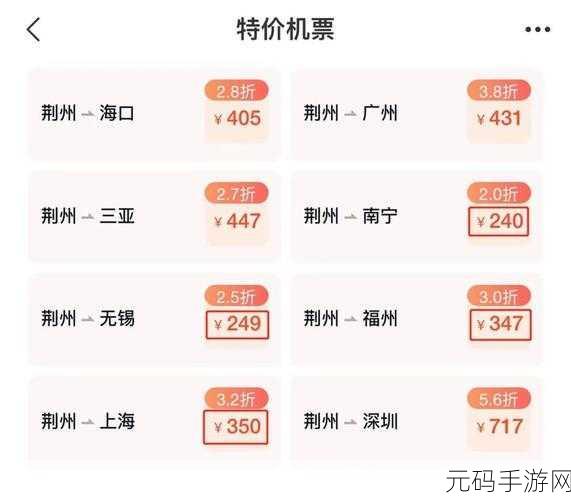麻豆精产国品的概述
麻豆精作为一种具有高经济价值的农产品,其生产区域划分为一、二、三产区,分别代表了不同的发展阶段和生产特点。每个地区在地理环境、气候条件以及土壤类型上都有明显差异,这使得各自所产出的麻豆精质量和特性存在显著区别。
一产区:基本情况与优势
位于国家优质水稻种植带的一产区,以丰富的降雨量和良好的灌溉系统而闻名。这片土地通常拥有肥沃的黑土或黄土,非常适合辣椒等作物生长。在这里,农民以传统耕作方式进行种植,通过自然生态的方法保持土地健康。由于对化学肥料和 pesticide 的限制,一产区出产生鲜嫩、有机且口感独特的麻豆精成为市场宠儿。

二产区:发展现状与创新技术
相较于一产区,二产区更倾向于现代农业技术应用,包括智能化温室、大数据管理及精准施肥。从而达到提高单位面积收益,并降低资源浪费的问题。同时,由于城市发展的推动,该区域吸引了一些年轻人回乡创业,他们利用先进科技将传统产业转型升级,使其具备更强竞争力。此类改变不仅提升了豆制品加工效率,更帮助当地建立起特色品牌,提高了消费者认知度。
三产区:面临挑战与发展潜力
虽然第三产业目前仍处在初步开发阶段,但却蕴含着巨大的市场潜力。一方面,大部分农村劳动力逐渐流失到城镇,使得整体劳动成本增加;另一方面,有关政策支持力度不足导致基础设施建设滞后。然而,在一些有前瞻性的企业投资下,新兴业务如电商平台正在不断崛起,为原本单一销售渠道打开新的大门。此外,当地政府近年来也开始重视绿色农业,希望通过培育新型合作社来实现可持续发展目标。

品质比较:影响因素分析
The quality of the products from each production area largely depends on several factors. Soil composition, climate conditions, and agricultural practices play pivotal roles in determining the taste, texture, and nutritional value of the final product. For instance, one can expect a higher protein content and better flavor profile from first-production area crops due to their organic farming methods compared to those cultivated using conventional techniques prevalent in third-production areas.
Nutrient retention is also influenced by harvesting time—early or late harvests could significantly alter nutrient levels within the beans themselves. Consequently, understanding these nuances gives consumers insight into choosing high-quality products while allowing producers to strategize improvements based on regional advantages.
请关注以下热门话题: - 有机食品的新趋势 - 农业科技如何改变传统行业 - 绿色供应链的重要性


